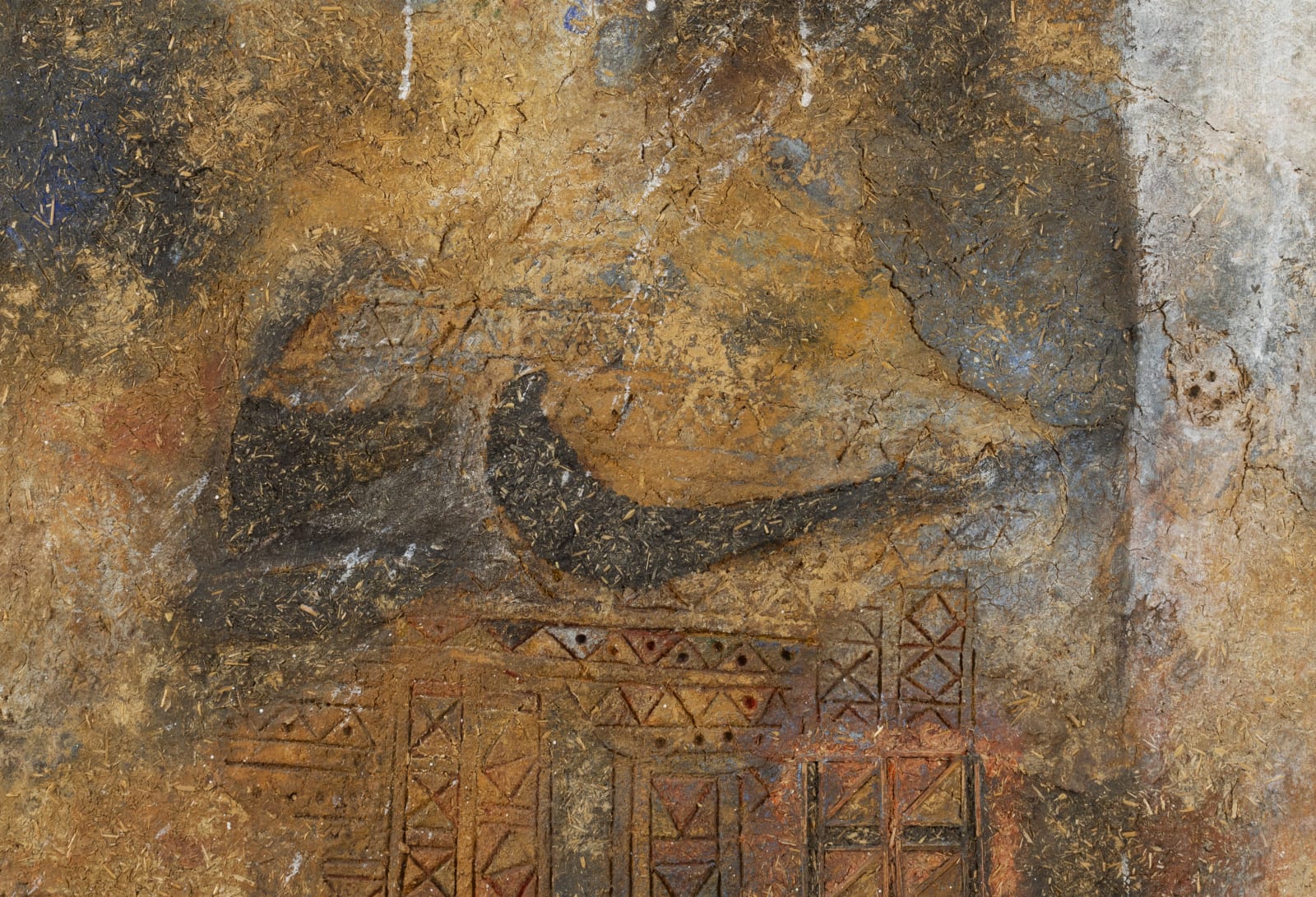Sliman Mansour Palestinian , b. 1947
31 1/2 x 33 1/2 in
Further images
Provenance
Sliman Mansour b. 1947 in Birzeit, Palestine. Sliman Mansour graduated from Bezalel Academy of Arts and Design with a BFA in 1970. Considered one of the most distinguished Palestinian artists, Mansour’s work evokes the political struggle and daily hardships that characterise life in the region. Mansour has been an active member of the Palestinian art scene, heading up the League of Palestinian Artists from 1986 to 1990. He co-founded the Al-Wasiti Art Center in East Jerusalem, serving as its director from 1995 to 1996. Mansour also played key roles in the establishment of the International Academy of Art Palestine in Ramallah and the University Art Center in East Jerusalem. Solo exhibitions include Terrains of Belonging, Alhoush Gallery, Jerusalem (2011); Sketches, Almamal Gallery, Jerusalem (2007); The Fabric of Memory, Sharjah Museum, UAE (2003); I Ismael, Cairo Biennial, Egypt (1998); Roots, United Nations, USA (1992); and Sliman Mansour, Gallery 79, Palestine (1981). In 1998, he was awarded the Grand Nile Prize at the 7th Cairo Biennial and the Palestinian Prize for Visual Arts.Exhibitions
2018, El Beit, Tabari Artspace, Dubai, UAELiterature
Mansour spent many of his formative years between Bethlehem and Birzeit, a time when he developed a strong relationship to the landscape, the representation of which would dominant his artistic practice across the ensuing decades of his career. He was particularly fond of spending time with his maternal grandmother Salma, a potter who made earthenware storage pots and jars and did building work on the family home using traditional methods of mud and straw – techniques which the artist would later use in his extensive body of work in mud, transforming these methods into a visual language of his art and in so doing elevating these indigenous crafts to the level of fine art.
By the late 1990s, Mansour had returned to exploring the question of land and identity through the use of the figure in mud. The medium that he had began with as a form of experimentation now became a personal language.







